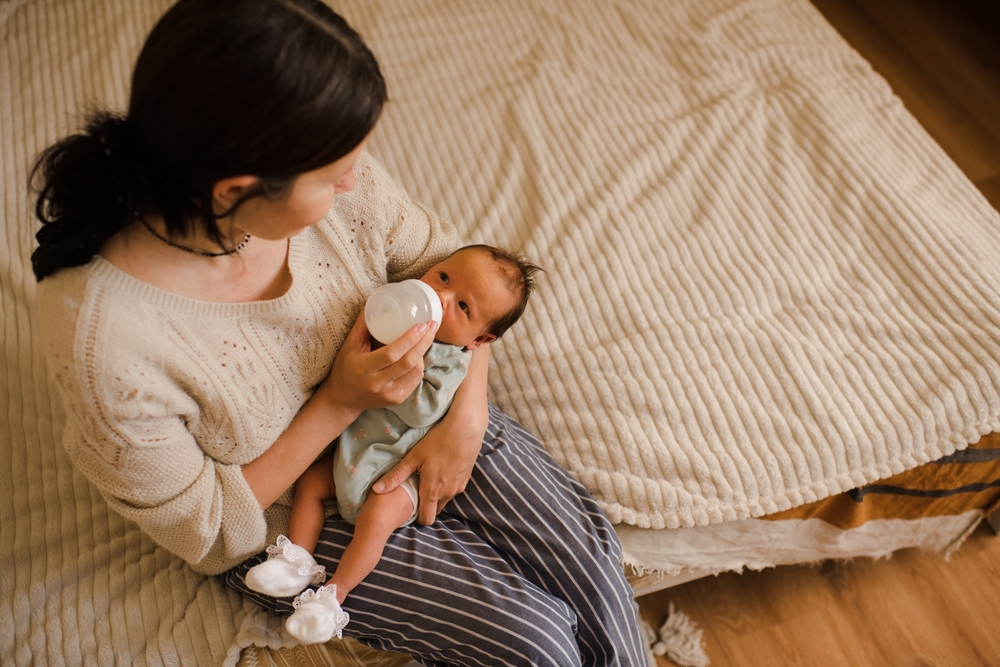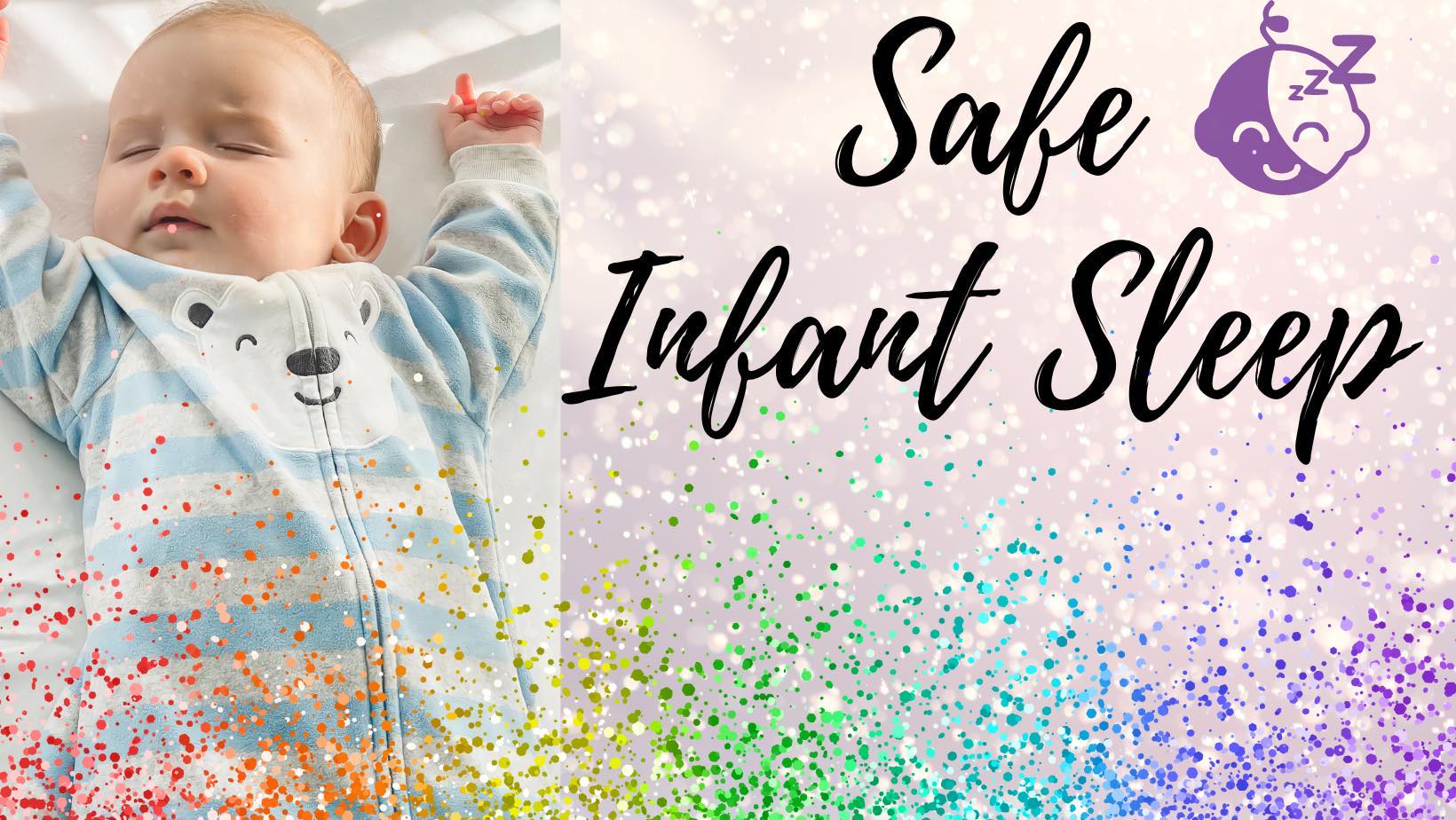Providing Safe Sleep Guidelines for Your Baby’s Bed Time
There are many ways to ensure your baby’s safety when they are sleeping. Whether using a bassinet beside your own bed, a crib in their own room, or a pack and play, keeping baby safe while sleeping is possible with this approach.
A safe sleep environment for your child ensures their health and well-being.
Whether you’re still pregnant or a new parent, you might be spending time thinking about how you’ll get your baby to sleep, among other challenges new parents experience. Of course, you want your baby to sleep well, but it is also important that your baby sleeps safely.
Every year, approximately 3,500 infants die in the United States from sleep-related causes, with the largest share of infant deaths from 1 month to 11 months of age. In New Mexico, there were 137 sleep related infant deaths from 2015-2020, an average of one every 23 days. The unfortunate reality is that 86% of these deaths were identified as preventable.
Safe Sleep, Your Way
3-Step Checklist for Your Baby’s Safe Sleep Bed Time
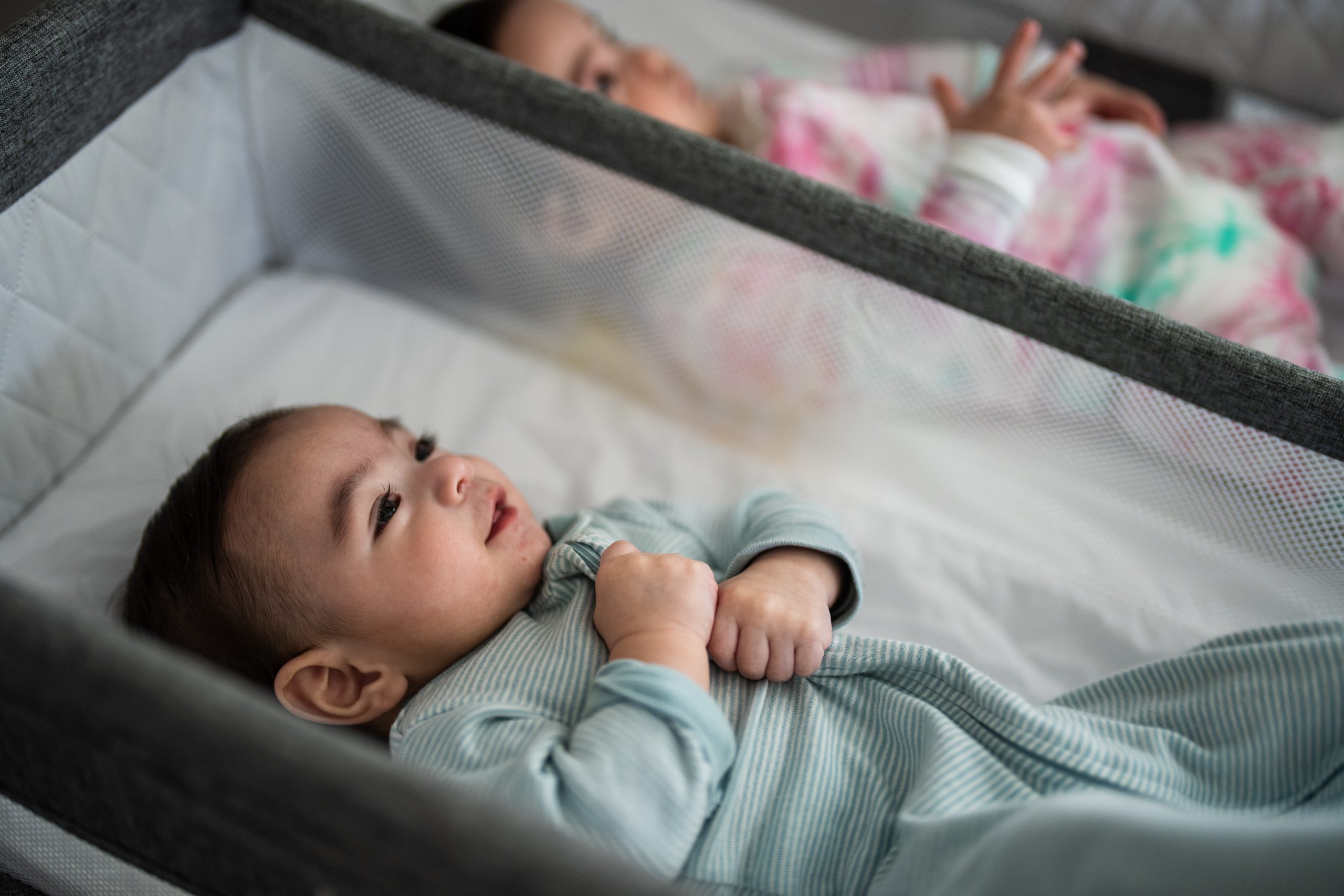
Baby should sleep alone.
Baby should always sleep alone, not with an adult, or other children or babies, and without any other items in the sleep space.
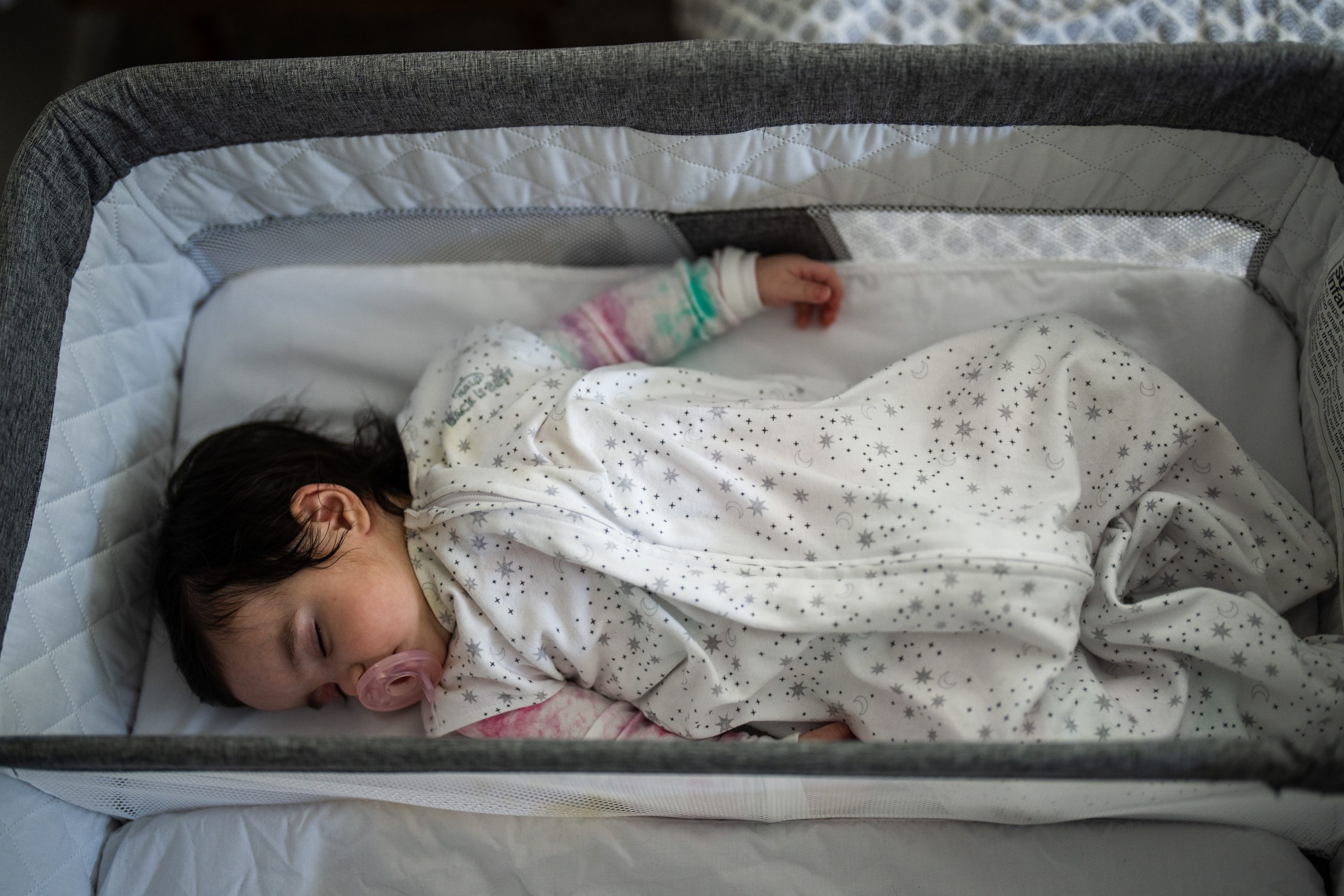
Baby should sleep on their back.
Always place your baby on their back to sleep, for naps and at night.
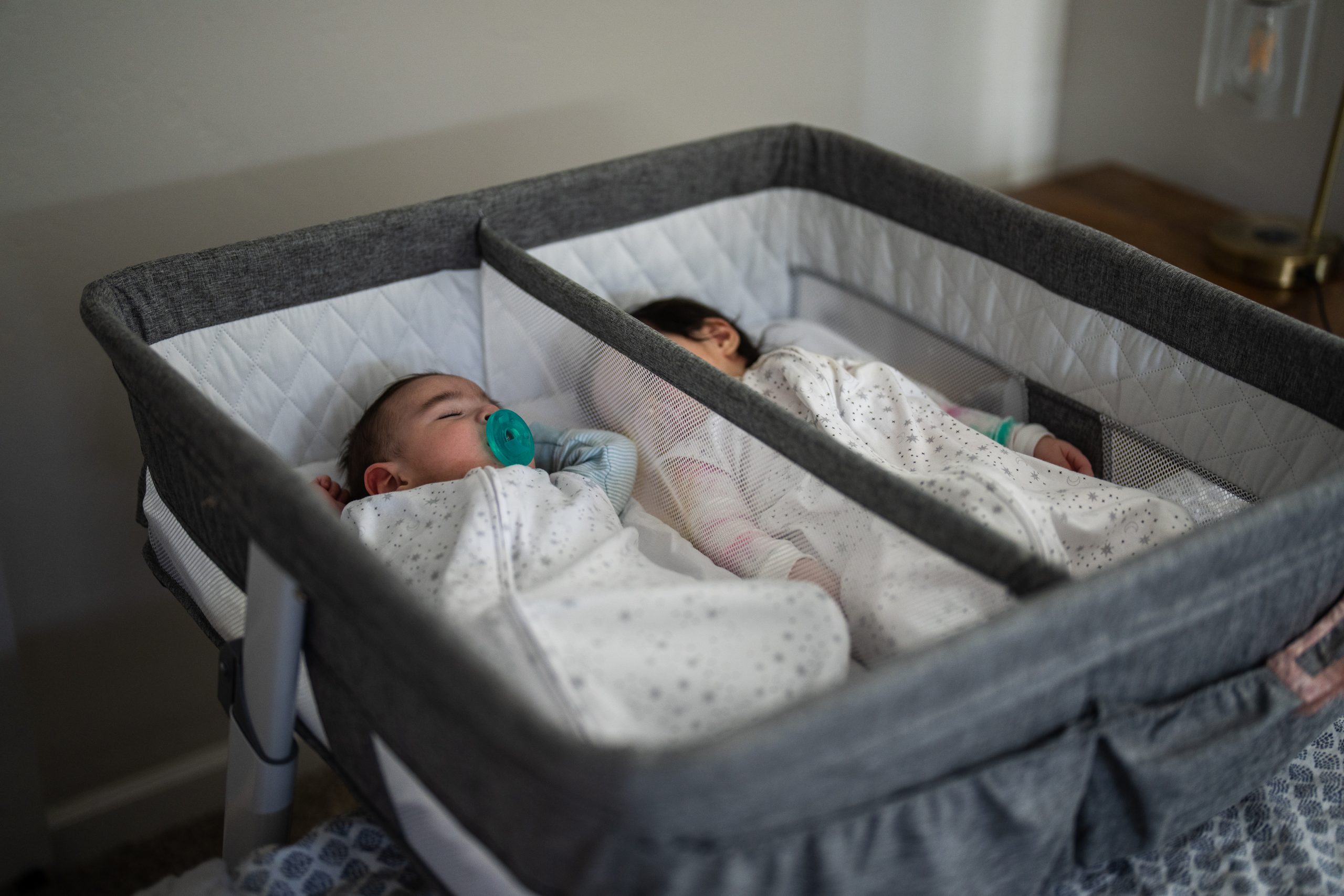
Baby should sleep in a crib or playard.
Baby should always sleep in a crib or playard that meets federal safety requirements, in the same room and within reach of the caregiver, for at least the first 6 months.
Safe Sleep Recommendations
To reduce the risk of sleep-related infant deaths, we have included safe sleep recommendations issued by the American Academy of Pediatrics to help you create a safe sleep environment for your baby. Please note, all recommendations included are for babies up to 1 year of age. Talk with your pediatrician if you have questions about safe infant sleep recommendations.
Put your baby on their back for every sleep
- Always place your baby to sleep on their back. Placing your baby to sleep on their belly or on their side is not recommended as it increases the risk of suffocation.
- Your baby will not choke when they’re on their back because their anatomy and gag reflex will prevent that from happening.
- If your baby can roll from their back to their belly and from their belly to their back, they should still be placed to sleep on their back. If they assume a new sleep position during sleep, they can be allowed to remain in that position.
Use a firm, flat sleep surface
- A crib, bassinet, portable crib, or playard that meets the safety standards of the Consumer Safety Product Commission is recommended, along with a tight-fitting, firm mattress and fitted sheet designed for that product. Nothing else should be in the crib except for your baby.
- A firm surface maintains its shape and will not indent when the infant is placed on the surface.
- The sleeping environment should be free of hazards, such as dangling cords, toys, electric wires, or other cushions and bedding to avoid the risk of strangulation or suffocation.
- Car seats, sofas, armchairs, futons, chairs, strollers, swings, infant carriers, and infant swings are not recommended for sleep. Do not place or leave your baby unattended in car seats or similar products with the straps unbuckled or partially buckled. Sofas and armchairs are extremely dangerous places for your baby, with an extraordinarily high risk for infant death, and should never be used for sleep.
Give your baby tummy time
- Tummy time is an important way to help your baby grow and develop. Lay your baby down on their stomach while they are awake and someone is watching them.
- Start with two or three short (3- to 5-minute) tummy time sessions each day.
- Increase your baby’s total daily amount of tummy time to at least 15-30 minutes by 7 weeks of age.
Do not sleep with your baby
The AAP does not recommend bringing your baby into your bed under any circumstances. This includes twins and other multiples.
- If you bring your baby into your bed to feed or comfort, place your baby back in their own sleep space when you are ready to go to sleep.
- Avoid falling asleep with your baby in other spots, too. The risk of sleep-related infant death is up to 67 times higher when infants sleep with another person on a couch, soft armchair, or cushion.
It’s extra important not to share your bed with your baby if:
- You have been drinking alcohol or taken any medicines or substances. The risk of sleep-related infant death is more than 10 times higher for babies who bedshare with someone who is fatigued or has taken medications that make it harder for them to wake up, or who has used substances such as alcohol, medications, or drugs.
- Your baby is very young, small, or was born prematurely. The risk of sleep-related infant death while bedsharing is 5 to 10 times higher when your baby is younger than 4 months old, and 2 to 5 times higher when your baby was born preterm or with a low birthweight.
Share the room with your baby, ideally for at least the first 6 months
- Place your baby’s crib, bassinet, portable crib, or playard in your bedroom, close to your bed.
- If you bring your baby into your bed to feed or comfort, place your baby back in their own sleep space when you are ready to go to sleep.
Don’t let your baby get overheated
-
Check your baby for signs of overheating such as sweating, flushed skin, or a hot chest.
-
Once you’re home from the hospital, don’t put a hat on your baby while indoors.
If you plan to swaddle your baby, follow guidelines to swaddle safely
- Your baby should always be placed on their back when swaddled.
- The swaddle should not be too tight or make it hard for your baby to breathe or move their hips.
- When your baby looks like they are trying to roll over, you should stop swaddling due to risk of suffocation. Some swaddles that leave your baby’s arms free may still be appropriate for use; check the product instructions or consult your healthcare provider to assess what is best for your baby.
Keep soft and loose objects out of your baby’s sleep area
- Remove all pillows, pillow-like toys, quilts, comforters, and loose bedding from your baby’s sleep area to avoid risk of suffocation, strangulation, and wedging/entrapment.
- Blankets, hats, and other coverings used to keep your baby warm are not recommended because they increase the risk of entrapment and strangulation in the sleep space.
- To keep your baby warm, consider dressing them with layers of clothing, using a wearable blanket, swaddle, or similar infant sleep clothing.
Feeding of human milk is recommended
-
Unless it is not safe to do so, or the parent is unable to do so, it is recommended that infants be fed with human milk.
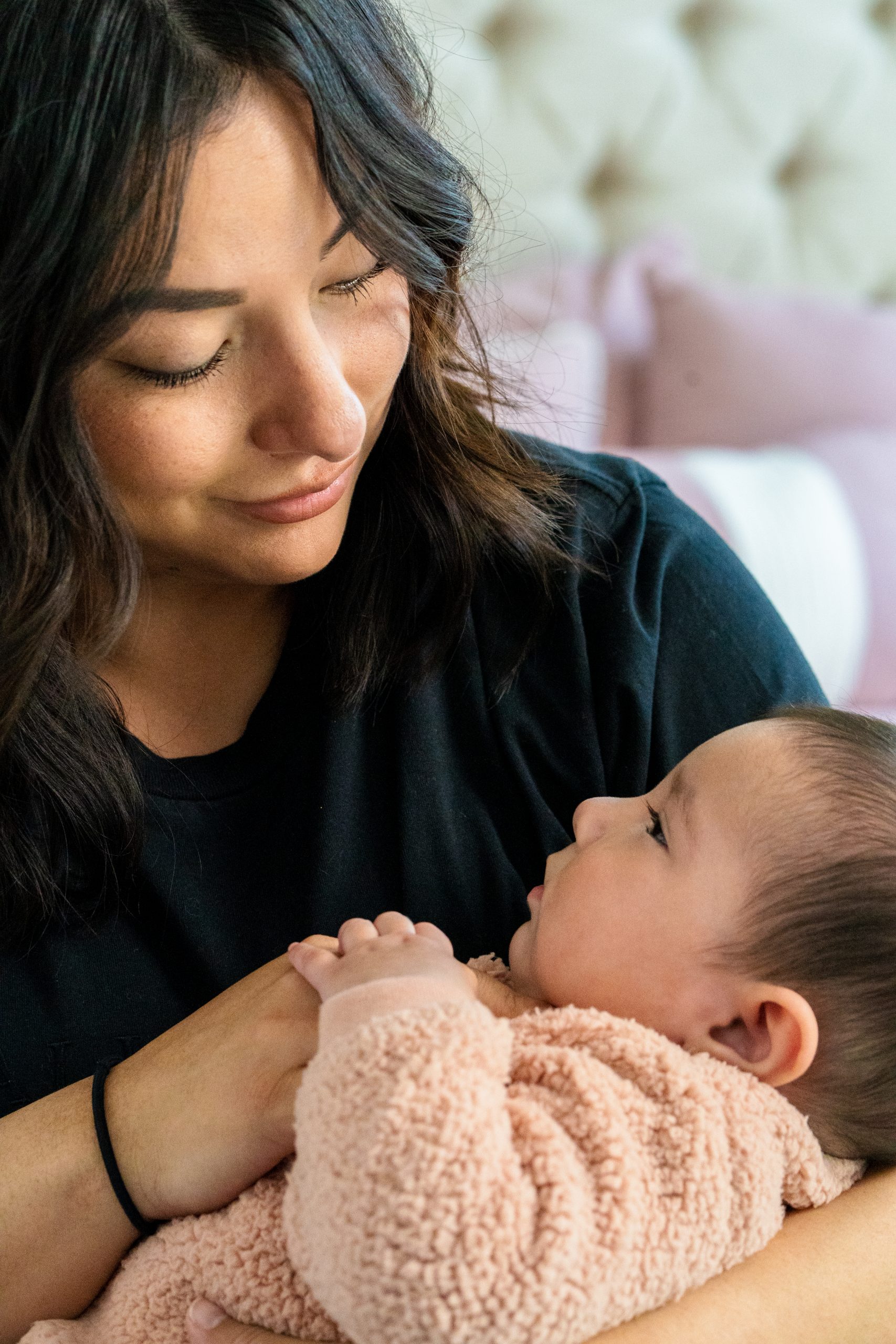
Make sure baby's sleep products meet safety standards or has not been recalled.
In addition to having knowledge and awareness of safe sleep practices for infants, it is also important to be cautious when buying or inheriting certain products. If you’re not sure if a product meets required safety standards or has been recalled, check the Consumer Product Safety Commission website.
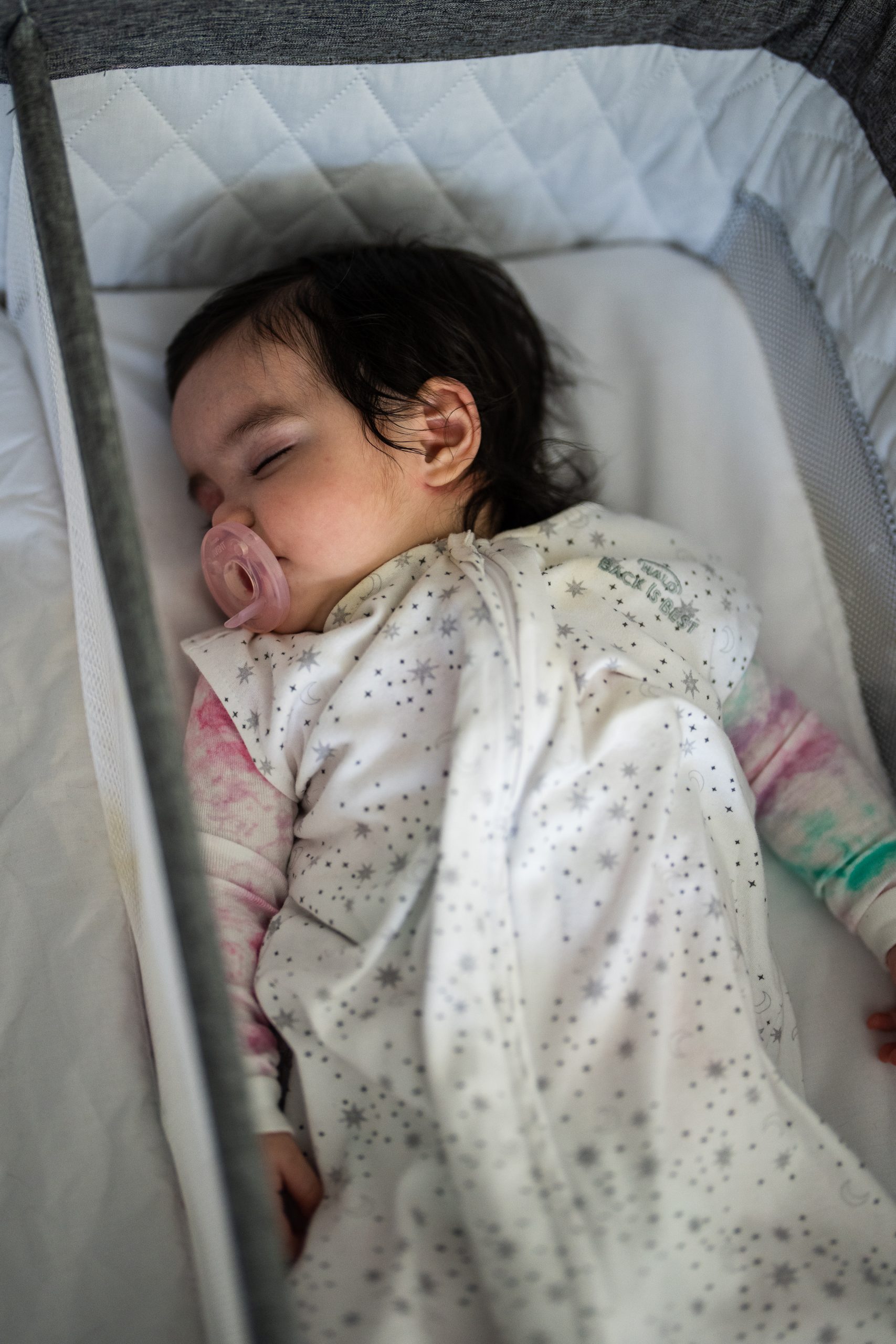
Additional resources to keep baby safe during sleep time.
- How to Keep Your Sleeping Baby Safe: AAP Policy Explained – HealthyChildren.org
- Keeping Your Sleeping Baby Safe: AAP Policy Explained
- Facts About SIDS and Safe Infant Sleep
- ECECD Safe Sleep Baby Kit
- Safe Sleep Partner Toolkits – Social Media_Spanish
- Safe Sleep Partner Toolkits – Social Media_English
- Safe Sleep Partner Toolkits – Print_Spanish
- Safe Sleep Partner Toolkits – Print_English
- Safe Sleep Complete Partner Toolkit

